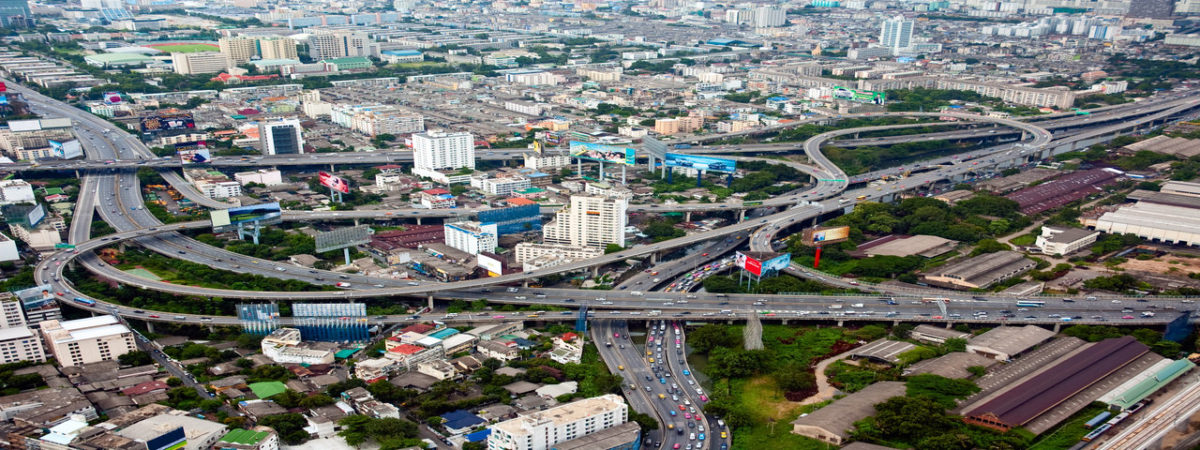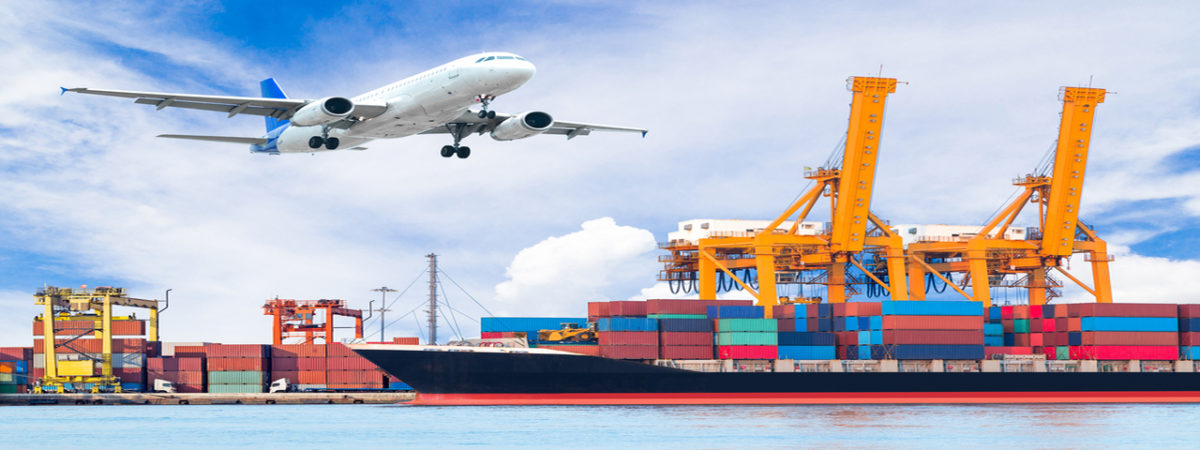Deregulating the taxi sector: empirical evidence
SUGGESTED



“nineteen concluded that deregulation is beneficial (on net), two conclude that the results are mixed, seven conclude deregulation is net harmful.”
The papers they review differ in quality, and draw on different methodological approaches. Moore and Balaker explain:
“[T]he literature concluding that taxi deregulation is net beneficial is the richer literature, with articles from each approach to the issue. The literature concluding that taxi deregulation is net harmful is mostly model-building [and] derive their results from strong assumptions about information and transaction costs. The literature finding net benefits often uses a richer set of assumptions”.
So there is no ‘consensus’ on the economic effects of taxi market deregulation in the economic literature, but two out of three studies on the subject come to favourable conclusions on balance, and these tend to be the more robust ones.
‘Regulation’ and ‘deregulation’ can, of course, mean lots of different things. Case studies of specific taxi markets that have undergone specific programmes of deregulation are probably more insightful than literature reviews.
New Zealand
A pioneer in this respect was New Zealand. Until 1989, New Zealand had a strict regime of quantity and fare controls. In the Wellington area, taxi licences were traded at around NZ $25000 (Morrison 1997:914), equivalent to about £26,000 today. Quantity restrictions were then lifted, and fares deregulated.
Within five years, the number of taxi companies in Wellington and the region around it more than doubled, as did the number of vehicles (ibid p. 916). Fares also fell in real terms, albeit not symmetrically, as the fare structure changed (ibid pp. 922-924). Waiting times fell (ibid. p. 921).
What is most interesting from an economic perspective is that after deregulation, the sector became more diversified in terms of business models, business strategies and market segmentation. Prior to deregulation, taxi companies would typically own around 100 vehicles, employ a workforce of full-time drivers, and their target market would be the general population in the urban area. Five years later, the industry had become much more differentiated. A merger of the two largest companies had produced one very large firm at one end of the spectrum, while a number of small and medium-sized firms had been added at the other end (ibid. p. 918). Employment and contracting patterns had become more varied. Specialist firms, with services tailored to specific customer segments, had emerged. Some firms began to concentrate on business clients, and one company was set up to cater to the Samoan community. Others found a spatial market niche rather than a socioeconomic one, concentrating on hitherto underserved peripheral areas, such as the suburbs of smaller neighbour towns (ibid p. 920).
Not everybody benefited. Licenseholders lost out, as the value of their licenses was wiped out instantaneously and without compensation. Taxi drivers generally had to work longer hours to maintain pre-deregulation incomes. Transitional problems were reported as the sector expanded rapidly, which meant that large numbers of untried and inexperienced drivers entered the sector. But deregulation gave rise to a market discovery process, in which different business ideas and different company structures can be tried and tested.
Ireland
Ireland offers another case study for a radical policy U-turn with comprehensive derestriction. Ireland had long operated an extreme version of quantity restrictions. In Dublin, not a single taxi license was added between 1978 and 1991 (Barrett 2003:34). License numbers were increased in homeopathic doses from then on, but the ‘Celtic Tiger’ boom, combined with the surge in inward tourism following the deregulation of air travel, meant that demand was always racing ahead. The result was an escalation in license values. In 2000, when deregulation began, a license to operate a taxi in Dublin traded for €114,000. Around Shannon Airport, it would sell for €136,000 (Barrett 2010:61).
After deregulation, the total number of taxis in Ireland more than doubled from 4,200 to 10,800 in just two years, and then doubled again to 21,200 by 2008 (ibid. p. 64). Passenger surveys show that waiting times have fallen. In Dublin, the share of passengers who were able to get hold of a taxi within ten minutes rose from under 60% before deregulation to 85% in 2008. The total number of taxi rides in Dublin nearly doubled during the same period (ibid. p. 62). Quality is harder to measure, and consumer surveys are a problematic guide. But the fact that only 3.3% of respondents disagreed with the statement “taxis/hackneys generally provide a good service” (ibid p. 64) is encouraging.
Price competition, however, has not become a general feature of the industry. Fares remain subject to a cap, and although it has been reported that drivers often offer sizeable discounts (ibid p. 65), the very concept of a ‘discount’ implies that the regulated fare remains the default option.
What about the UK?
The situation in the UK is mixed. On the one hand, the UK has avoided the worst excesses of taxi market regulation. There is no British equivalent of Evgeny Freidman, the ‘Taxi King’ of New York City. Taxi licensing practices were highly restrictive until 1985, when local authorities could arbitrarily refuse the issuance of licenses. Indeed, from the mid-1970s to the mid-1980s, the number of licenses remained almost flat, rising from just under to just over 30,000 (Department for Transport 2013). Then, however, the 1985 Transport Act introduced a number of formal hurdles that local authorities would have to clear if they wanted to limit license numbers. This did not make restrictive licensing practices impossible, but the number of taxis began to increase again, reaching 50,000 in the early 1990s, and 60,000 a decade later. In recent years, numbers have hovered around 78,000 (ibid). So unlike in Ireland before 2000, or in several large US cities to this day, where taxi license numbers have been effectively frozen for decades, license numbers in the UK have been rising steadily.
However, throughout this period, the UK has also experienced substantial population growth, income growth, and increases in the relative price of private motoring, factors which must have led to an increase in (latent) demand for taxi trips. National aggregates also hide substantial variation between local authorities. Most authorities do not set an upper limit for license numbers, however, the ones that do cover most of the major population centres.
Local authorities do not just differ in a snapshot perspective, but also show different policy trends, which enables us to get some idea of the effects of different policies. Aquilina (2011) compares short-term trends in English taxi markets that have abolished quantity controls to short-term trends in markets that have retained them. He finds that while the former have seen taxi numbers increase by 78% over a few years, the latter have only seen a 5% increase. Waiting times in markets that have derestricted have fallen by 60%, compared to only 12% in markets that have not derestricted. The research is not of a particularly high quality: it only covers a small number of local authorities, and it is not clear whether the markets which have not derestricted represent a suitable control group. Markets that have derestricted, and markets that have not, may have differed in other ways, so we cannot automatically attribute differences between them to derestriction. But it is compatible with most of the international evidence on deregulation.
What is important to note in the UK context, though, is that the absence of an official cap on taxi numbers must not be confused with open entry into the market. In London in particular, the stringent Knowledge test that drivers have to pass, combined with the high cost of a vehicle that fulfils the regulatory requirements,[1] is just as effective an entry control as an explicit limit (Law Commission 2014:144 footnote 3). The preparatory course for the Knowledge test for central London takes up to four years, i.e. longer than most university degrees. In order to pass, prospective drivers must memorise more than 300 different routes (ibid p. 54).
There are also more subtle forms of rationing licenses. The application process itself is time-consuming, and when the volume of applications exceeds administrative capacities, a backlog builds up (Law Commission 2014 p. 144 footnote 3). Waiting lists then act like entry controls. So it would be wrong to describe the London taxi market as ‘derestricted’, even if there is no quantitative upper limit on licenses. This must be borne in mind in order to make sense of the incumbents’ resistance to the new market entrants.
In short, while the UK has avoided the worst excesses, there remains substantial scope for welfare-enhancing derestriction and deregulation. In our recent IEA Discussion Paper ‘Hire authority. Turning statutory regulation into private regulation for the UK’s taxi industry’, my colleague Diego Zuluaga and I show how this could be achieved.
References
Aquilina, M. (2011) ‘Quantity de-restriction in the taxi market: Results from English case studies. Journal of Transport Economics and Policy 45(2): 179-195.
Barrett, S. (2010) The sustained impacts of taxi deregulation. Economic Affairs 30(1): 61-65.
Barrett, S. (2003) ‘Regulatory Capture, Property Rights and Taxi Deregulation: A Case Study’. Economic Affairs 23(4): 34-40.
Department for Transport (2013) Taxi and Private Hire Vehicle Statistics: England and Wales 2013. Statistical Release.
Law Commission (2014) Taxi and Private Hire Services. London: HMSO.
Moore, A. and T. Balaker (2006) Do Economists Reach a Conclusion on Taxi Deregulation?, Econ Journal Watch 3(1): 109-132.
Morrison, P. (1997) Restructuring effects of deregulation: the case of the New Zealand taxi industry. Environment and Planning 29: 913-928.
[1] According to the website of the London Taxi Company, which manufactures the iconic London black cab, the selling price for a new vehicle stands at £42,795. This compares to £23,295 for a hybrid Toyota Prius, a common choice of PHV drivers.




